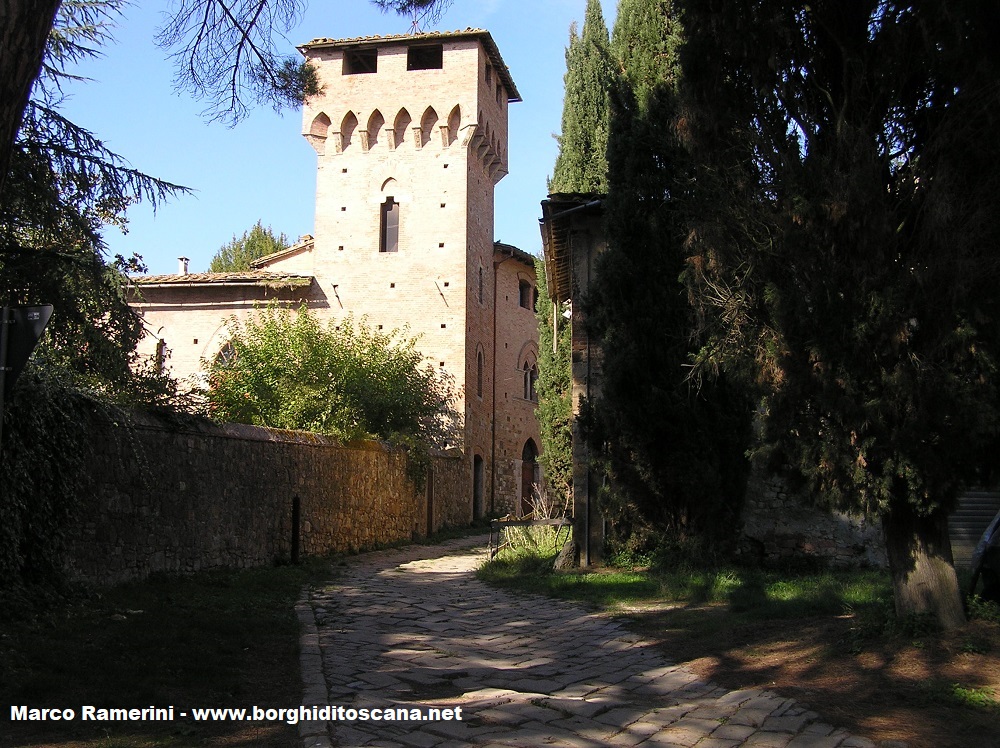Questo articolo è disponibile anche in:
![]() Français
Français ![]() Deutsch
Deutsch ![]() Español
Español ![]() Italiano
Italiano
The small semi-abandoned village of Linari is located in a beautiful position on a hillock 225 meters above sea level overlooking the river Elsa. It is a small fortified village of which some interesting medieval evidence remains. The first historical evidence of this castle dates back to the 11th century. Linari had importance since its foundation due to its strategic position: the castle in fact stood on a hill overlooking the Val d’Elsa, at the southern limit of the Florentine territory. Since its foundation it was disputed between the lords of the area (it was originally a lordship of the Cadolingi of Fucecchio) and Florence.

HISTORY
In 1270 Linari, like many other towns in Tuscany at the time, became a free commune, which coincided with a period of great development and prosperity. In 1292 the municipality of Linari became part of the League of San Donato in Poggio and reached the apogee of its importance. Historical evidence attests that at the time Linari could field an army of around 400 armed men.
In the 14th century, like all the villages in the area, Linari too became part of the Republic of Florence and this small town began to decline. In 1432 the castle was besieged by the troops of Filippo Visconti fighting against Florence, the siege was successful and the village was conquered and seriously damaged. Niccolò da Tolentino reconquered it a short time later and became its feudal lord. In the following centuries, having lost its strategic importance, the village became the property of the Capponi, Mancini Ridolfini, Bardi, Rosselli del Turco and other noble Florentine families.

THE VILLAGE
Currently Linari is largely in a state of neglect, although the municipality of Barberino Val d’Elsa and the superintendence in 2017 expressed their willingness to restore part of the historic buildings including the church of Santa Maria. At the beginning of the twentieth century part of the village was restructured in a neo-Gothic style, even the access portal to Linari reflects this style.
A beautiful paved road runs through most of the village. In the village stands the church of Santa Maria, from the Romanesque period with a beautiful eighteenth-century bell tower, and outside the walls that of Santo Stefano, in Romanesque style with a nave. Very little remains of the ancient walls of the castle, a couple of towers and the remains of a third tower. Even the two ancient medieval gates, Porta a Salti and Porta al Perone, have now disappeared. In place of the Porta a Salti, at the northern entrance to the village, today is the portal in neo-Gothic style built at the beginning of the twentieth century.
Written by Marco Ramerini.
Questo articolo è disponibile anche in:
![]() Français
Français ![]() Deutsch
Deutsch ![]() Español
Español ![]() Italiano
Italiano
